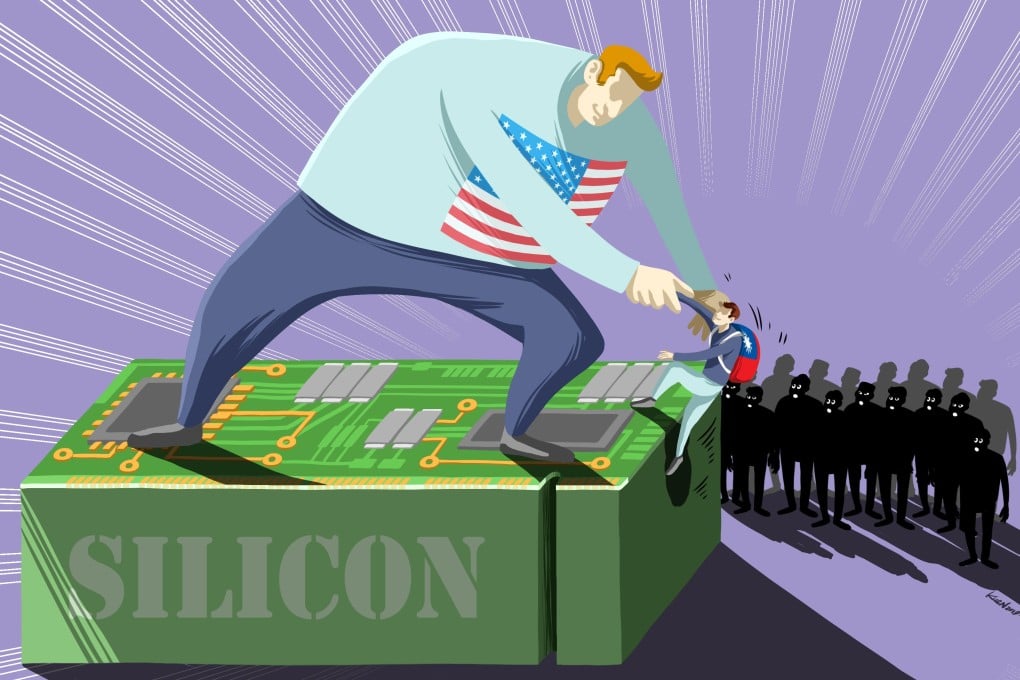Taiwan became top chip manufacturer with US help. Can it stay there?
- This is the third in a four-part series of in-depth articles examining China’s efforts to build a stronger domestic semiconductor industry amid trade tensions
- Here we look at how Taiwan became a global force in chip production with the help of the US and the challenges it now faces, including from China

It was the first day after Lunar New Year in February 1974 when seven men gathered over breakfast at the Little Xin Xin Soy Milk stall in central Taipei and mapped out Taiwan’s foray into semiconductor manufacturing.
In an anecdote that is now legendary, Pan Wen-yuan, a Chinese expatriate who was then a US-based research director at Radio Corporation of America (RCA), advised Sun Yun-suan, the minister for economic affairs, to develop integrated circuits. It would cost US$10 million and four years for the technology to take root in Taiwan, Pan said.
The plan was approved and Taiwan managed to persuade RCA, then a dominant electronics company in the US, to agree in 1976 to transfer semiconductor technology. That April, a first batch of engineers were sent to RCA’s facilities for a year of intensive on-the-job training in various functions from design, process, manufacturing to equipment.
Billionaire Tsai Ming-kai, 69, chairman of smartphone chip maker MediaTek, was one of the engineers who trained at RCA.
The inspiration and takeaway of RCA at that time was getting to know the core spirit of a technology-based operation, that is new products, new technology
“We had a strong sense of mission and were passionate to learn as much as possible to bring the technology as pioneers for Taiwan,” Tsai said in an interview with the South China Morning Post.
“No doubt for the brotherhood, that really brings back the old days when we were young. The inspiration and takeaway of RCA at that time was getting to know the core spirit of a technology-based operation, that is new products, new technology.”